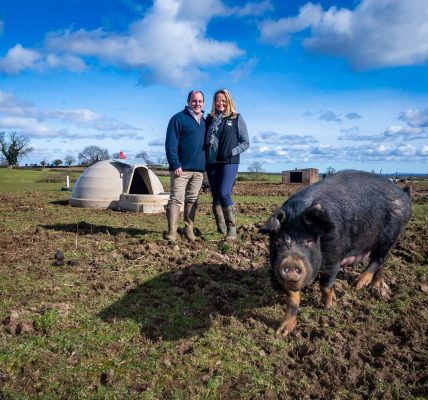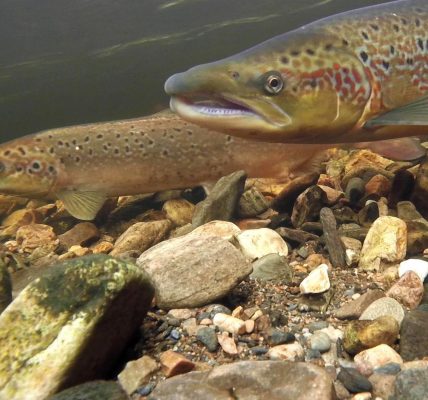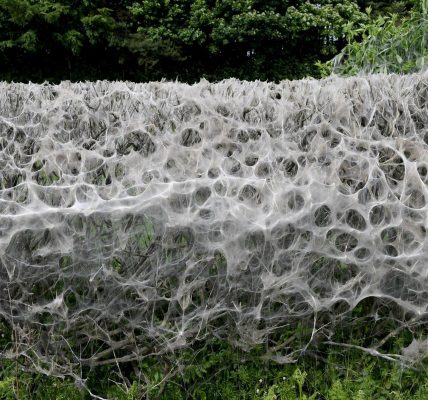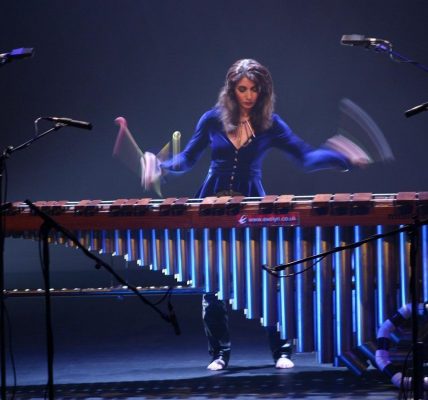Teenager, Megan takes on key role at South West US Shire Horse Hiring Society
The new secretary of the South West US Shire Horse Hiring Society is hoping to encourage a new interest in the endangered breed as riding horses.
Megan Hoyle, who at 19 has been involved in showing and riding Shire horses her whole life, said as a riding horse they are like being “sat in a luxurious armchair”.
Megan’s grandfather John Richardson, who lives at Malt Kiln Farm, West Bretton is known for his Shire horses a love he passed to his daughter Emma, Megan’s mum and ultimately his grandaughter.
Emma said her father had bought his first Shire horses, a gelding and two mares, as foals around 40 years ago from Geoff Morton at Holme on Spalding Moor.
“He went for a day out with his mum and sisters and managed to buy all three without them even knowing!”
Megan said she has grown up with the gentle giants working with her mum on breaking them in and riding.
“We have four mares, a gelding and a stallion and compete a lot in-hand at the local and national shows,” she said.
The South West US Shire Horse Hiring Society originally started as a way of helping breeders, offering the opportunity to hire a stallion to cover their mares. Emma said it was a service which had been very useful at the time as people had been reluctant to keep Shire stallions.
“Stallions can be quite intense and that can make them hard to keep,” Emma said.
“There was a time when a lot of the members didn’t want to keep one and as a society we had a stallion selection committee which would travel around the country to select which stallion would suit all our members best and then we would hire him.
“Dad would then have the stallion at the farm and members would bring their mares, but over the years quite a few members began breeding their own and over the past five years we haven’t hired at all.”
In line with this the society’s function of the society has also changed although breeding is still a focal point, it also promotes the breed and provides a meeting point for enthusiasts.
“Many of our members like to show their Shires and breeders make up the majority of our membership,” Emma said.
“We like to encourage good breeding and through a cross-show foal competition involving eight local agricultural shows we aim to keep everyone’s eyes on breeding for quality.”
Operating and officiating what is called The Foal Accumulator and organising the Shire horse classes at Penistone Show, which has hosted the accumulator final for over a decade, have now become important aspects of the society’s work.
“We offer classes for two-year-old colts and stallions at Penistone,” said Megan.
“You don’t get those classes at all shows, and we regularly have more than 20 Shires competing in everything from in-hand to ridden and decorated harness.
“Penistone is also an in-hand qualifier for the Horse of the Year Show.”
Megan explained, the modern Shire is a different stamp of horse from its predecessors who would have worked in front of the plough.
“They are different to the plough horses,” she said.
“The modern Shire is bred bigger. They were around 16hh and stockier so that they had more power. They don’t have to work now – although some still do – and they are leggier often reaching 18hh.
“They are more of a hobby today, but we believe it is still important to breed the right quality.”
Lucy Parr, who held the role of secretary to the society before Megan took over in November, became interested in Shire horses when her partner Martyn Gath wanted to learn to ride.
“I’m from an equestrian background and grew up in Clayton, Bradford,’ said Lucy.
“My granddad was into ‘lights’ rather than ‘heavies’ and when I was younger I used to have Welsh Mountain ponies and a Connemara mare. I got into Shires because Martyn wanted to learn how to ride.
She and Martyn now have Jester, a 13-year-old Shire Clydesdale cross gelding and Izzy, a seven-year old mare.
“We bought Jester when he was three-years-old and broke him to ride.
“He wasn’t a straightforward horse to break in. We always say he has plenty of fire in his belly!
“We bought Izzy five-years-ago because I wanted my own Shire horse.”
Lucy said she joined the society through a friend, Sheila Cockcroft, who was already a member.
“I wanted to build a better relationship with others who had Shires and knowing the breed was on the Rare Breeds Survival Trust’s endangered list we knew the importance of promoting it and encouraging new people to take an interest.”
Lucy said Shire horse ownership is “on the up” and although in-hand showing probably still makes up the larger number, ridden Shires are becoming increasingly popular.
“Those that are new to Shires are coming along because they are riding them. They are generally just as capable as other breeds and can perform a dressage test just the same as any lighter horse.
“When we bought Jester we were looking for something with plenty of bone, a Shire that could work and pull. We are currently breaking him to drive and he will take part in ploughing matches. He may also be handling forestry work in the future through a friend who works in that area.”
Megan who rides her mare in the Shire horse classes as well as in-hand said that she and her mum have always loved riding them.
“They are so fun to ride and so comfy, their movement is very smooth and you can can’t compare that feeling to anything else.
“If more people felt it, I’m sure there would be a greater number of riders who would want one.”










